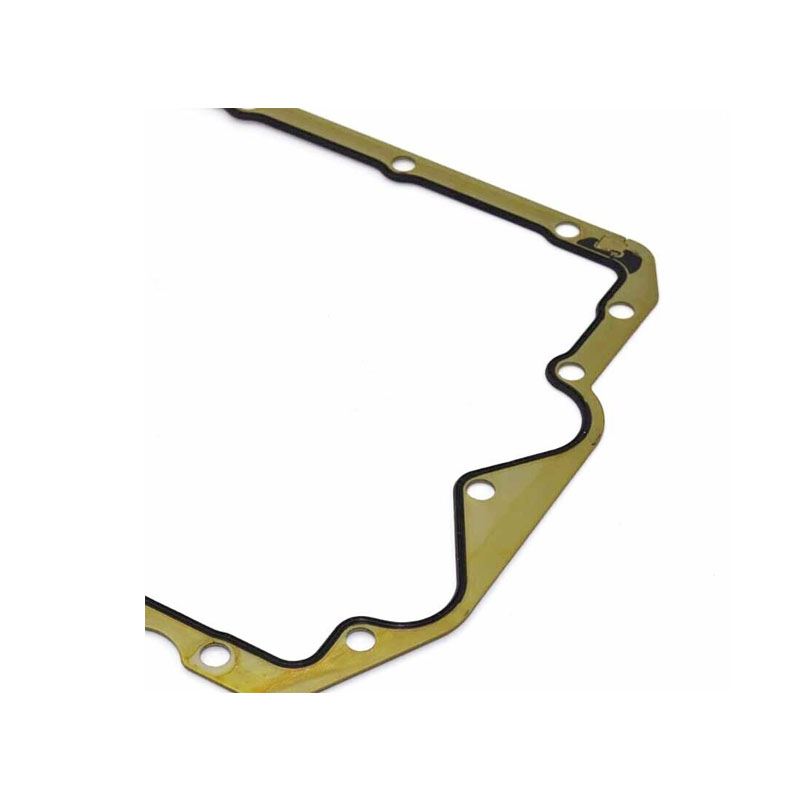Potential Solutions for Addressing Oil Cooler Housing Leaks in Automotive Applications
Understanding Oil Cooler Housing Leaks Causes, Symptoms, and Solutions
An oil cooler housing leak is a common issue that affects various vehicles, particularly those equipped with an oil cooler in the engine's lubrication system. The oil cooler plays a crucial role in regulating oil temperatures, ensuring optimal performance and longevity of engine components. However, when the housing of the oil cooler develops a leak, it can lead to significant engine problems if not addressed promptly. This article delves into the causes, symptoms, and solutions for oil cooler housing leaks.
Causes of Oil Cooler Housing Leaks
Oil cooler housing leaks can arise from several factors. One of the primary causes is the degradation of materials over time. Oil cooler housings are typically made from metal or plastic, both of which can suffer from wear and tear due to exposure to extreme temperatures and pressures. This aging can lead to cracks or warping, which ultimately results in leaks.
Another common cause is improper installation. If the oil cooler is not correctly fitted, it can create stress points, leading to leaks. This is particularly pertinent in aftermarket installations where compatibility issues might arise. Over-torquing or poorly sealing the housing can also lead to leaks as the gaskets may become compromised.
Moreover, overheating can be a significant contributor. Excessive engine heat can cause the oil cooler housing to expand beyond its designed limits, leading to the material's integrity being compromised. This is often exacerbated in vehicles that run hot or have poorly functioning cooling systems.
Symptoms of an Oil Cooler Housing Leak
Detecting an oil cooler housing leak early can save car owners from more severe engine problems down the line. One of the most visible signs of a leak is the presence of oil pooled beneath the vehicle. This puddle might vary in size, but it is often dark and viscous, making it easy to identify as oil.
oil cooler housing leak

Drivers may also notice a drop in oil levels on the dipstick, indicating that oil is escaping from the cooler housing. Additionally, if the vehicle operates erratically or exhibits unusual engine temperatures, it could be a sign of oil mismanagement due to a leak. Overheating engines are particularly vulnerable to damage, so it’s crucial to address any symptoms as soon as they appear.
Solutions to Oil Cooler Housing Leaks
If a leak is suspected, the first step is to diagnose the issue accurately. A visual inspection can help identify the source of the leak. Look for oil stains, particularly around the oil cooler housing area. In cases where the source is not easily discernible, professional assistance may be necessary. A mechanic can perform a pressure test to pinpoint the leak more effectively.
Once diagnosed, solutions can vary depending on the severity of the leak. For minor leaks, particularly those resulting from worn-out gaskets, a simple gasket replacement may suffice. This is often a cost-effective solution that restores the integrity of the housing.
In more severe cases, such as cracks in the housing itself, replacement of the oil cooler unit may be necessary. It is essential to ensure that any replacement part is compatible with the vehicle to avoid future installation issues.
After repairs, it's crucial to monitor oil levels and engine temperatures to ensure that the issue has been resolved. Regular maintenance, including checking for leaks and maintaining optimal engine temperatures, can prevent future occurrences of oil cooler housing leaks.
Conclusion
Oil cooler housing leaks can lead to severe engine damage if left unchecked. By understanding the causes, recognizing the symptoms, and knowing the appropriate solutions, vehicle owners can take proactive steps to protect their engines and ensure their vehicles run smoothly. Regular maintenance and timely interventions are key to preventing such issues and prolonging the life of the engine.
-
Understanding the Front Main Engine Seal: Purpose, Maintenance, and Installation
News Jul.29,2025
-
Understanding O-Rings and Seal Rings: Types, Applications, and Custom Solutions
News Jul.29,2025
-
Understanding Crankshaft Oil Seals: Rear Seals, Pulley Seals, and Their Role in Engine Integrity
News Jul.29,2025
-
The Importance of Front and Rear Crankshaft Seals in Engine Performance and Oil Management
News Jul.29,2025
-
Crank Oil Seals: Functions, Types, and Cost Considerations in Engine Maintenance
News Jul.29,2025
-
A Comprehensive Guide to O-Rings and Seals: Types, Materials, and Global Applications
News Jul.29,2025
-
Mastering Diesel and Performance Engine Maintenance: A Guide to Critical Oil Gaskets
News Jul.28,2025
Products categories















